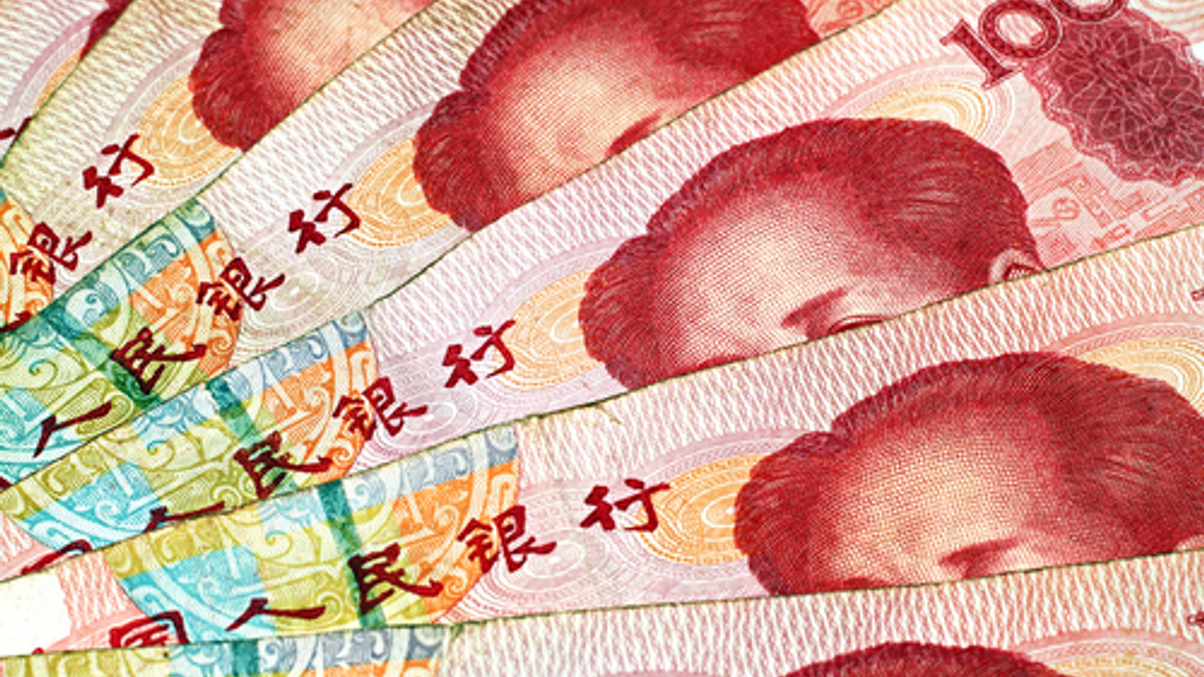Reports of RQFII’s demise seem greatly exaggerated
Investors look set to use the Chinese cross-border scheme for some years yet. It still offers certain advantages over Stock Connect, including lower trading costs, say fund executives.

This week Beijing finally handed new quota to Hong Kong under the renminbi qualified institutional investor (RQFII) scheme, after hitting the original Rmb270 billion cap back in October 2014.
Sign In to Your Account
Access Exclusive AsianInvestor Content!
Please sign in to your subscription to unlock full access to our premium AI resources.
Free Registration & 7-Day Trial
Register now to enjoy a 7-day free trial—no registration fees required. Click the link to get started.
Note: This free trial is a one-time offer.
¬ Haymarket Media Limited. All rights reserved.


